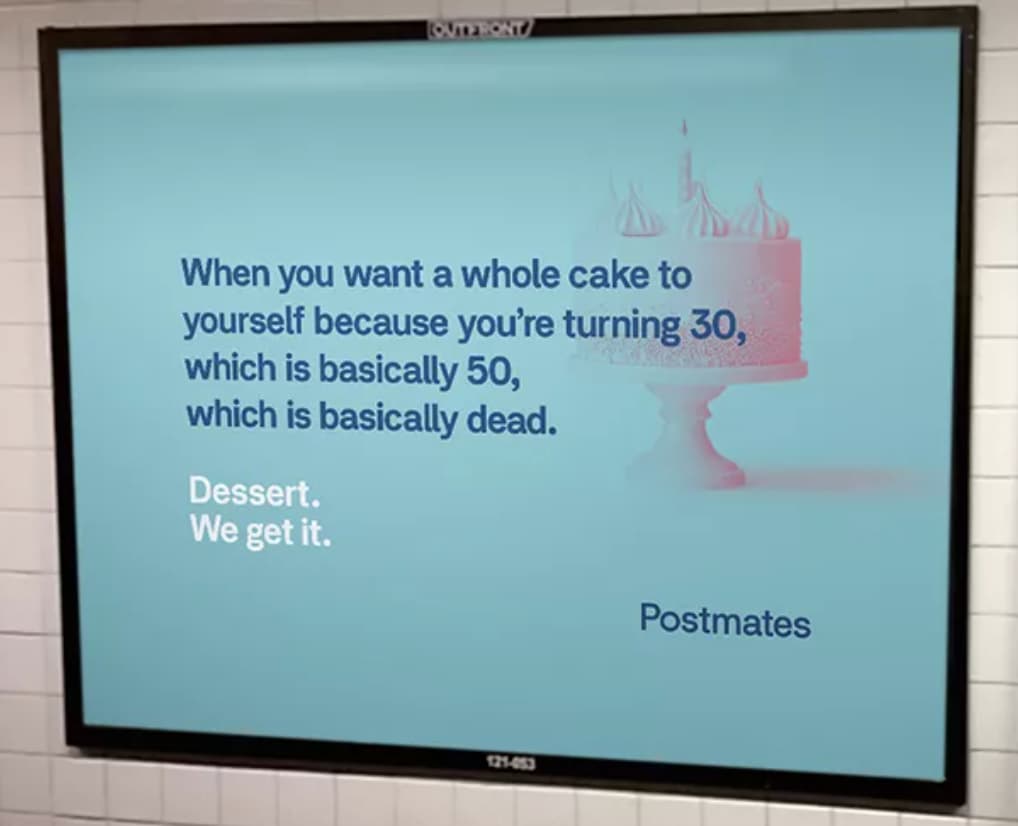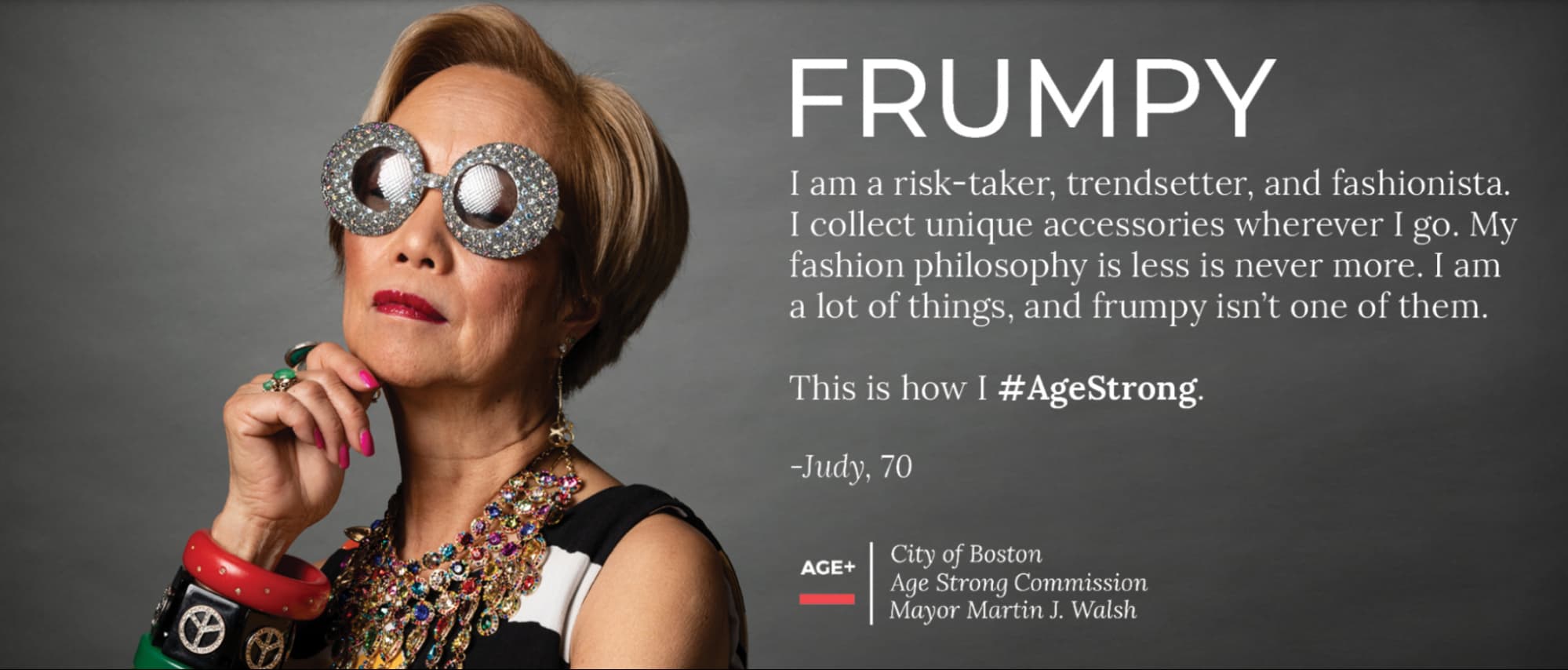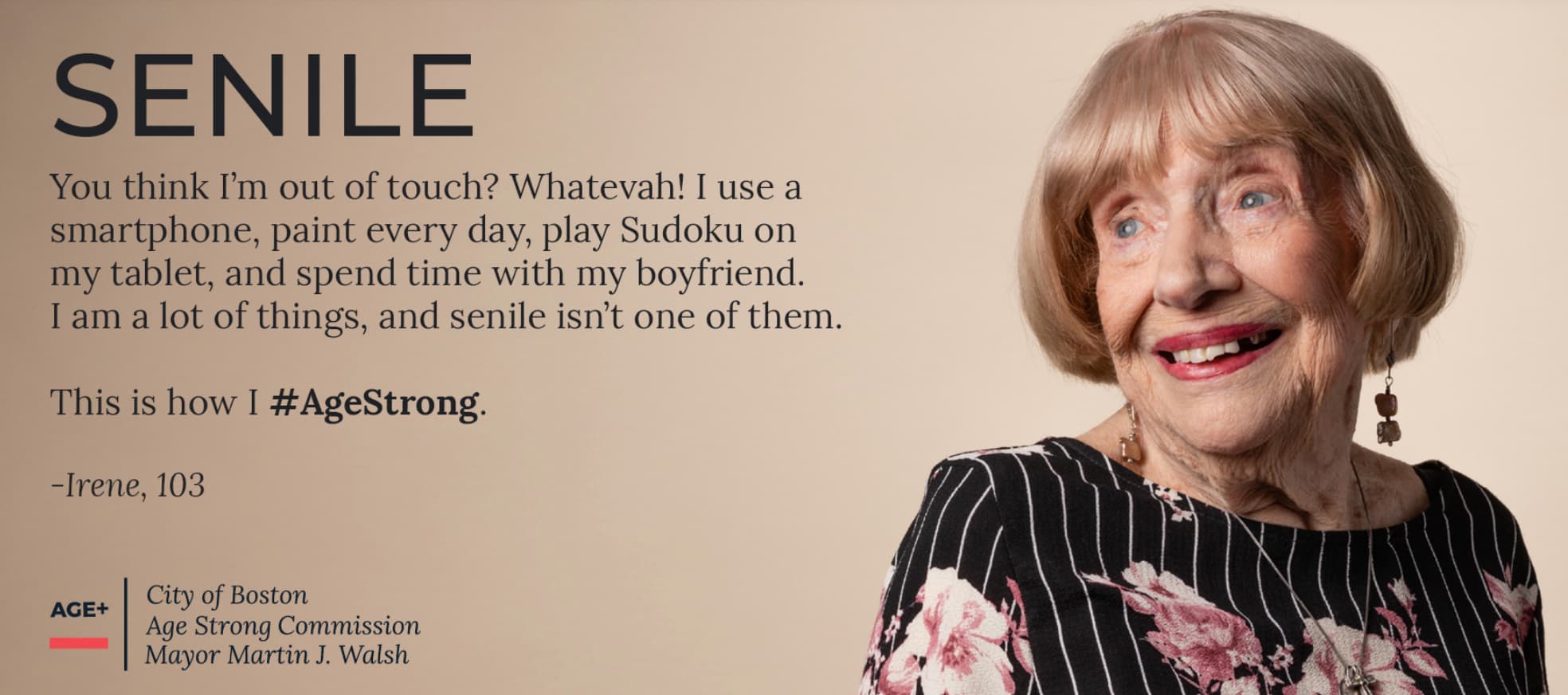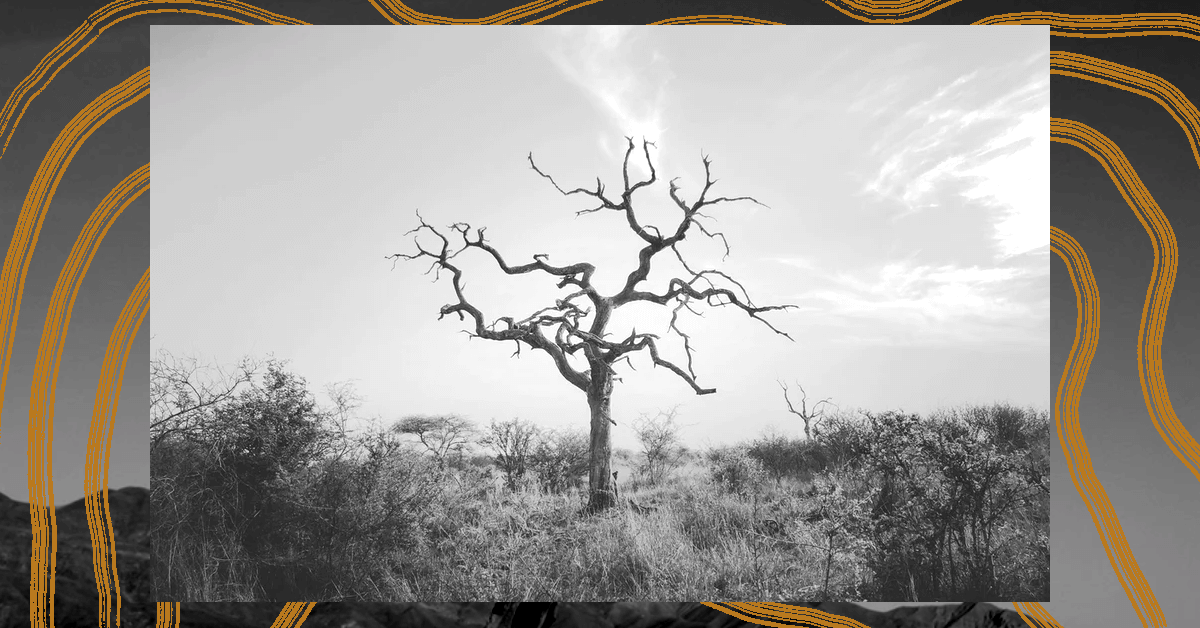In 1980 I was in my high school English class taught by a teacher I’ll call Mr. Pizza. I’m not sure why he disliked me, but I suspect it was because of the Doritos and Dr. Pepper I snuck into his 10 am class most days. I let the chips soak on my tongue before chewing so I wouldn’t disrupt his lectures with the crunch of my orange snacky goodness. Or maybe he was racist.
Anyhoo, one morning when he was reading to the class from David Copperfield by Charles Dickens, he called me a chink.
A chink is a small opening or crack like the sliver of space between two close curtains that light can seap through.
The phrase “a chink in the armor” originated in the 1600’s when knights wore actual armor, and small openings, under the arm for example, exposed vulnerabilities.
A chink is also a short, crisp sound like ice dropped into a glass.
The students were slumped in their hard aegean blue plastic seats with built-in laminate desk tops. The desks were positioned in a horseshoe shape along the sides and back wall of the room with Mr. Pizza standing at the top of the open U.
He read aloud from David Copperfield.
“The light in the passage was obscured for a moment, and my aunt came out. She was agitated, and told some money into his hand. I heard it chink.”
His eyes were locked with mine like he was shooting lasers through them with me as the target, and he repeated…
“I heard it CHINK!”
His chin, with 2 day old stubble in shades of gingerbread and hickory, jutted forward when he emphasized the word CHINK.
“I’m not even Chinese, I’m Korean. What an idiot”, I told my friends after class.
I continued to eat Doritos on the daily, got a B in his class and never read Dickens again.
This was one of many adolescent experiences that tested my identity. I present myself, and I’m not fully accepted by others.
The test comes full circle again in later life. I know who I am, but who am I to the world?
Not much apparently.
Think about age representation in the media and marketing. If you’re over 50, do you see yourself?
Try harder.
It’s a challenge when people over 50 are 48% of the U.S. population, but we’re only 15% of online media images according to an AARP study.
The stats from the 2019 study revealed a warped representation of over-50s that’s like a sci-fi movie gone awry. It’s a world where we morph into a homogeneous group that’s shuffled off to a dank basement where we sort gobs of meds into rainbow hued plastic pill organizers, fiddle with our Jitterbug phones, and apply for reverse mortgages.
Just as problematic is that a third of the workforce is over 50, yet only 13% of images reflect this reality. And over-50s will spend around 85 billion dollars on tech products by 2030, but they’re rarely shown using technology, unless of course a younger person is giving them a lesson on loading apps.
Under-50s are portrayed as a diverse and vibrant population. They work! They socialize! They drink matcha!
Over-50s are often alone, with a single partner, or in a medical setting.

2018 Postmates ad in a NYC subway station.
I know, I know, marketing is always about distortion- the promise to be better, prettier, thinner, cleaner, smoother, smarter, and faster. (How are those promises working out for you? BTW Postmates FU, I eat cake, but I’ll never have it delivered by you.)
It’s not a surprise that representation in later life is also distorted, relying on stereotypes that put people over 50 on the margins when in reality, it’s not where we exist.
Here’s why AARP says it’s a problem- “Visual representation of older people affects the attitudes, expectations, and behaviors of people of all ages. Inaccurate and stereotypical portrayals may have unintended consequences and contribute to ageism, including in the workplace.”
Here’s one of the worst offenders.
In the before times (pre-Covid) I was at Trader Joe’s, and while the cashier scanned my items, she asked if I needed help to my car. “No thanks” I said. After bagging my groceries the checker asked if I needed help loading my car. Once again, I told her I was fine. After I paid she asked
ONE.
MORE.
TIME.
And I responded…
“I don’t need help you stupid beetch!
It’s obvious I’m capable of handling heavy groceries.
I box 3 times a week and if I punched ya’ with a hard jab or left hook,
you’d be on the floor crying and bleeding!”
JK 🤣
I didn’t say it, but I wanted to. As I pushed the rickety red TJs cart to my car, I wondered what prompted her to offer help 3 freakin’ times.
Did I look old? Weak? Incapable of lifting 10 pounds? How was that possible? I’m a fit person. I really do box 3 times a week. What’s wrong with her?
Here’s the truth…I don’t know. Maybe she was an over-achieving new employee, maybe she didn’t hear me respond the first 2 times, maybe she makes the same offer to every customer. But I think she thought I was old, and fit an ageist stereotype.
Have you felt off-kilter when others respond to you in ways that don’t match up with your reality? The instances happen subtly and gradually so it’s not impactful until suddenly, it is.
I’ve heard from several over-50s that they feel invisible; invisible when they’re in public, in conversations with younger people, and even within their own families. The lack of authentic representation contributes to this reality. It’s as if we’re living behind a scrim where our silhouettes are visible but our voices are muffled.
Here’s the irony; we’re a force to be reckoned with.
I repeat. WE👏 ARE👏 A👏FORCE👏
We’re here in gigantic numbers, have a buttload of moolah to spend, are wise as hell, and have a lot of years to live, reinvent ourselves (if you choose), and put new stakes in the ground.
Why are we ignored when over-50s are responsible for half of consumer spending in the U.S. according to marketing firm Epsilon and reported in the Harvard Business Review.
Fifty-six cents of every dollar spent in the United States in 2018 came from someone 50 or older. In 2050, that number is projected to be 61 cents of every dollar, yet only 5-10% of marketing dollars are used to target people over 50.
The agency Age of Majority reports that 26% of marketers don’t even consider consumers over 55 even though they spend twice as much as consumers under 35 years old.
If you rely on the media, it appears that the world is getting younger, but it’s actually the opposite. (The oldest millennial women have reached perimenopause age 😮)
The Census Bureau reported that in the next decade or so all Boomers will be over 65, and the older population is projected to outnumber children for the first time in U.S. history.
Currently 16% of the population is over 65, and by 2035, it will be 21%. This raises questions about everything from the economy, to healthcare, employment, housing, technology, culture, ageism, and representation.
Ranting and whining doesn’t help the situation, so what does?
I’m optimistic about some small sparks of positive news in the landscape, and the movement to reverse the twisted and misshapen view of over-50s.


Ads from a series for the City of Boston Age Strong Public Awareness Campaign.
- Ads about older people are created by younger people who often don’t have a clue. Ad agencies like Grace Creative, Boomagers, and Top Agency were created specifically to target over-50s, and to combat the rampant ageism in the advertising industry.
- Earlier this year, Landline Pictures was launched by a Hollywood industry exec to create projects targeting the 50+ demographic.
- Getty Images partnered with AARP to create the Disrupt Aging Collection, an offering of over 1,400 images with more authentic and positive images of later life.
- Ageist is a media company championing the modern 50+ demographic. You can find profiles of an 81 year old surf pioneer, 72 year old photographer, 66 year old fashion entrepreneur, and more on the site.
- In September, Emmy awards were won by women who were 45, 47, 50, 53, and 70 years old.
- 55-year-old Salma Hayek said in an AARP interview that she agreed to star in the sequel to The Hitman’s Wife’s Bodyguard on one condition; her storyline had to include midlife issues including menopause. 👍😂
- Grandfluencers are making their mark on TikTok and Instagram.
What can you do?
- Own your age. 50 isn’t the new 30. 50 is 50 straight up. To fight assumptions about aging, we need to redefine what 50, 60, 70, and beyond is.
- The next time you blame age as the reason you can’t do something, take a moment and be honest…is it the truth? Don’t blame age as a default. Focus on your current abilities versus age.
- Speak the following sparingly:
- “In the old days…”
- “I remember when…”
- “I used to…”
- Clap back at tired “old people” cliches and stereotypes, and don’t use them yourself.
- Don’t fear being the oldest in the room. Try new things and if you’re older than everyone else, use it as an opportunity to create cross-generational relationships.
- Don’t ever send a card with offensive, unfunny and lazy greetings about old age birthdays.
- There’s power in inclusion, and companies that are not on board are going to be left in the dust. Support brands that represent age diversity. Athleta, Dove, and Cover Girl do it well. If you can think of others, drop them in the comments ⬇️
- Negative sh*t happens as we age, but if you constantly focus on the negative, it’s repellant. Be aware and mindful that there’s just as much of the positive you can share instead.
There’s a consciousness and demand for representation that’s growing, but the fight against ageism, the last acceptable discrimination, is still hobbling behind on 3 wheels in the slow lane.
Authentic representation matters because it affects how others see us, and those with positive views of aging live 7.5 years longer than those with less positive self-perception of aging. Our lives actually depend on it.



this is very well written Mimi and really hits home! I am 59 soon to be 60 and at the moment in good shape! During the pandemic I started Noom, dropped over 40 lbs and no longer color my hair. I live a vibrant life with many friends and enjoy my college graduated girls and their friends! thank you!
You are fierce!! Bravo 👏 ❤︎
hell yeah to owning it and eating cake!
Cake is life! 🤣 ❤︎
I knew you can kick ass with your boxing skills! 🙂
Get comfortable with being uncomfortable. It’s the best lesson I’ve learned from boxing! 🥊 ❤︎
Great post Mimi! Amazing amount of research, so helpful and inspiring.
Thank you! ❤︎
Great post Mimi! I appreciate your personal stories AND the great research. The marketing info is so interesting!
❤︎ ❤︎ ❤︎
Such an inspirational piece and so thought provoking.
Thank you! ❤︎